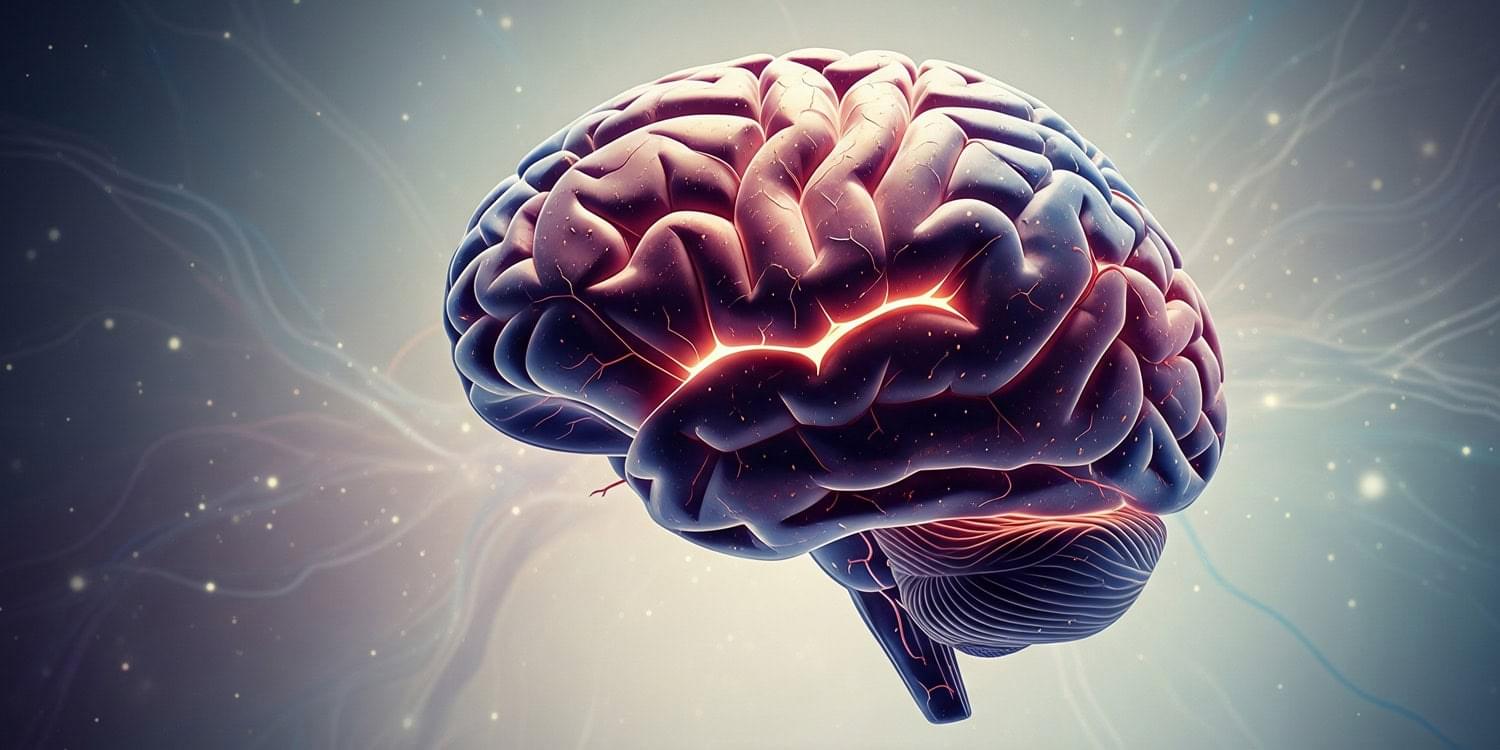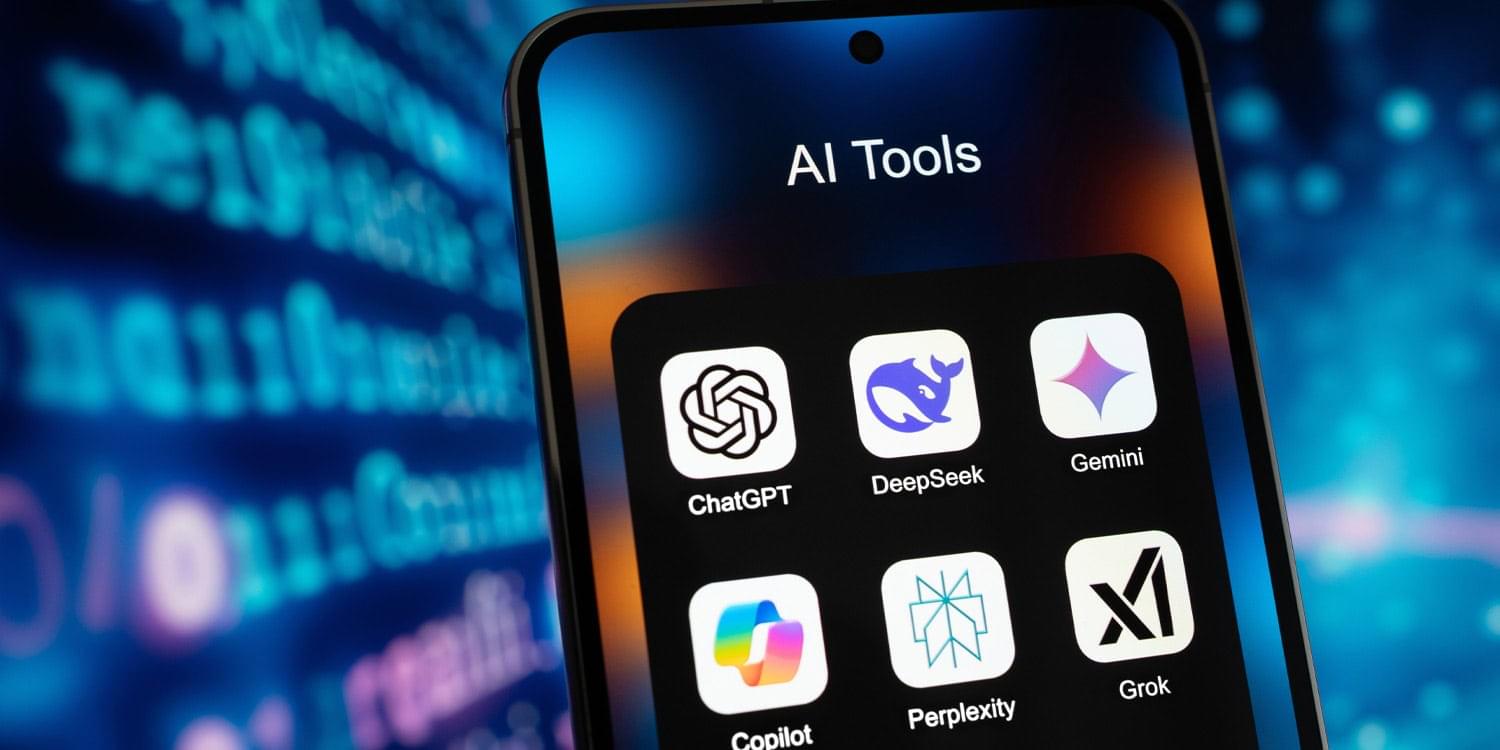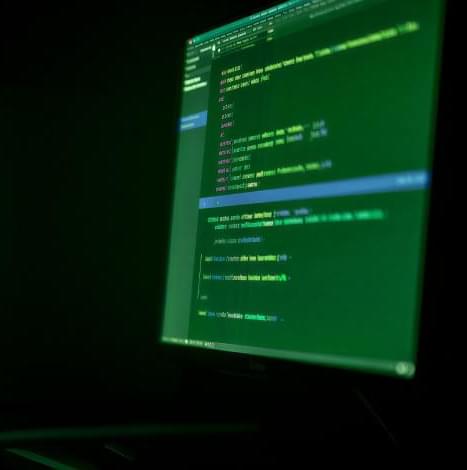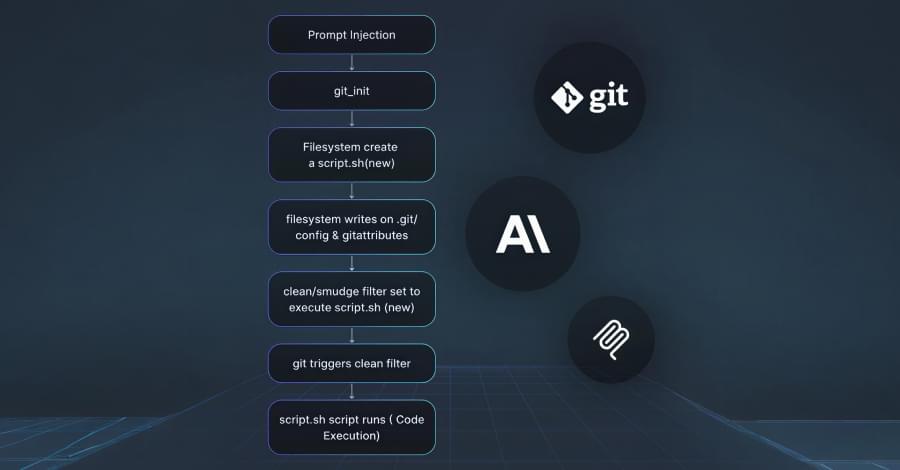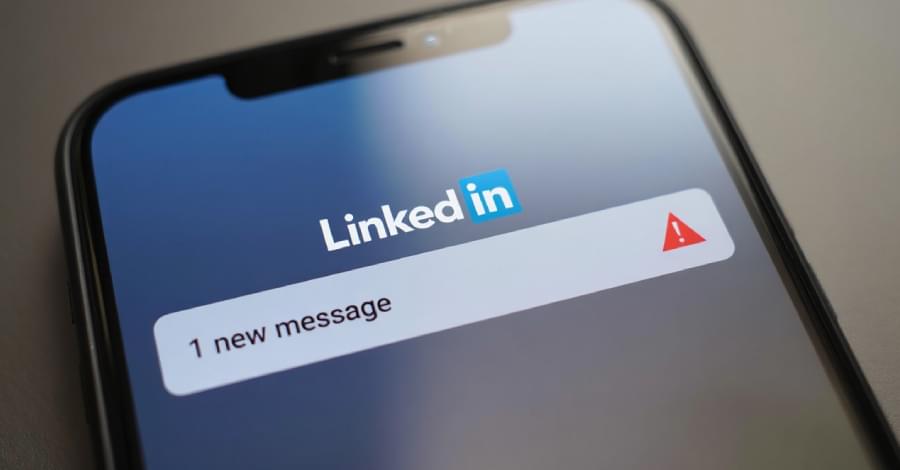A new analysis of soldiers attempting to join the U.S. Army Special Forces suggests that specific genetic variations play a role in how individuals handle extreme physical and mental pressure. The research identified distinct links between a soldier’s DNA and their cognitive performance, psychological resilience, and physiological stress response during a grueling selection course. These findings were published recently in the academic journal Physiology & Behavior.
To become a member of the elite Army Special Forces, a soldier must first pass the Special Forces Assessment and Selection course. This training program is widely recognized as one of the most difficult military evaluations in the world. Candidates must endure nearly three weeks of intense physical exertion. They face sleep deprivation and complex problem-solving exercises. The attrition rate is notoriously high. Approximately 70 percent of the soldiers who attempt the course fail to complete it. This environment creates a unique laboratory for scientists to study human endurance.
Researchers have sought to understand why some individuals thrive in these punishing environments while others struggle. Resilience is generally defined as the ability to adapt positively to adversity, trauma, or threats. It involves a combination of psychological stability and physiological recovery. While physical training and mental preparation are essential, biological factors also play a substantial role. Genetics help determine how the brain regulates chemicals and how the body processes stress hormones.

